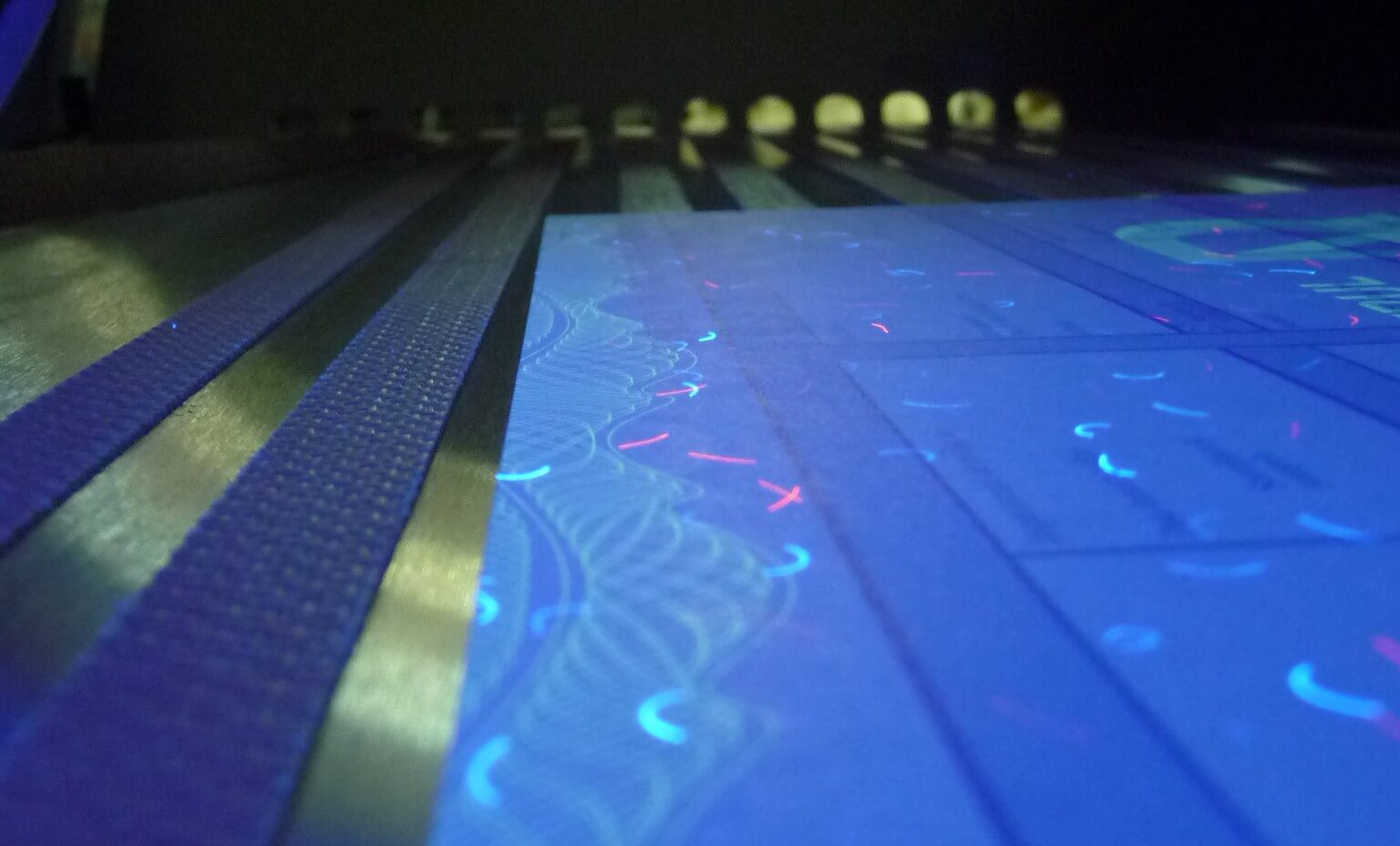Offset printing, a popular choice for creating high-quality outdoor signs, has been a trusted method in the printing industry for many years. This technique, known for its ability to produce vibrant and durable prints, is particularly well-suited for outdoor signage. In this article, we will explore the ins and outs of offset printing for outdoor signs, providing insights into its advantages, applications, and tips for achieving the best results.

Understanding Offset Printing
Offset printing is a printing technique where an inked image is transferred (or offset) from a plate to a rubber blanket and then to the printing surface. This method is ideal for producing large volumes of high-quality prints efficiently and cost-effectively. The process is renowned for its color accuracy and consistency, making it a preferred choice for businesses seeking to create impactful outdoor signage.
How Offset Printing Works
The process begins with the creation of a printing plate, which contains the image to be printed. This plate is then inked, and the image is transferred to a rubber blanket, which in turn transfers the ink onto the printing surface, usually paper or vinyl for outdoor signs. This indirect transfer process helps maintain the quality and sharpness of the image.
Benefits of Offset Printing for Outdoor Signs
High-Quality Prints
One of the primary benefits of offset printing is its ability to produce high-quality prints with excellent color fidelity and detail. This is crucial for outdoor signs, which need to be eye-catching and professional-looking to attract attention.
Cost-Effective for Large Runs
Offset printing becomes increasingly cost-effective as the print run size increases. For businesses requiring large quantities of outdoor signs, this method offers significant cost savings compared to other printing techniques.
Durability and Longevity
Outdoor signs need to withstand various weather conditions, from rain to intense sunlight. Offset printing uses durable inks and substrates that ensure the longevity and resilience of the signage, making it a reliable choice for outdoor applications.
Choosing the Right Materials
When it comes to creating outdoor signs with offset printing, selecting the right materials is essential. The choice of substrate, ink, and finish can significantly impact the durability and appearance of the final product.
Substrates for Outdoor Signs
Common substrates for outdoor signs include vinyl, PVC, and corrugated plastic. Each material has its unique properties, and the choice depends on the specific requirements of the signage, such as durability, flexibility, and weather resistance.
Inks and Finishes
The inks used in offset printing are specially formulated to withstand outdoor conditions. Additionally, finishes such as laminates and UV coatings can be applied to enhance the durability and vibrancy of the signs.
Applications of Offset Printing for Outdoor Signs
Billboards and Banners
Billboards and banners are some of the most common applications of offset printing for outdoor signs. Their large size and need for vibrant colors make offset printing an ideal choice.
Retail and Store Signage
Retail businesses often use outdoor signs to attract customers and convey promotional messages. Offset printing ensures these signs are visually appealing and weather-resistant.
Event and Promotional Signage
For events and promotions, businesses require temporary but high-impact signage. Offset printing provides the perfect balance of quality and cost-effectiveness for such needs.
Tips for Successful Offset Printing of Outdoor Signs
Design Considerations
Effective design is crucial for outdoor signs. Ensure that text is readable from a distance and that colors are vibrant and contrasting. Utilize bold fonts and high-resolution images to maximize impact.
Color Management
Accurate color management is essential in offset printing. Work closely with your printer to ensure that colors are reproduced accurately and consistently across all signs.
Proofing and Testing
Before proceeding with a large print run, request a proof to verify the design and colors. Testing the sign in the intended outdoor environment can also help identify any potential issues.
Comparing Offset Printing with Digital Printing
While offset printing offers numerous benefits for outdoor signs, it’s important to consider other printing methods, such as digital printing, for comparison. Digital printing is often preferred for smaller print runs and offers faster turnaround times.
For more on the differences between offset and digital printing, visit this guide.
Conclusion
Offset printing remains a powerful tool for producing high-quality outdoor signs that are both cost-effective and durable. By understanding the process and making informed choices about materials and design, businesses can create impactful signage that stands the test of time.

FAQs
What is offset printing best for?
Offset printing is best for producing high-volume, high-quality prints with excellent color accuracy, making it ideal for outdoor signs, magazines, brochures, and more.
How long do offset printed outdoor signs last?
With proper materials and finishes, offset printed outdoor signs can last several years, even in harsh weather conditions.
Can offset printing be used for small print runs?
While offset printing is generally more cost-effective for large print runs, it can be used for smaller quantities if high quality and color consistency are priorities.
This article contains affiliate links. We may earn a commission at no extra cost to you.







